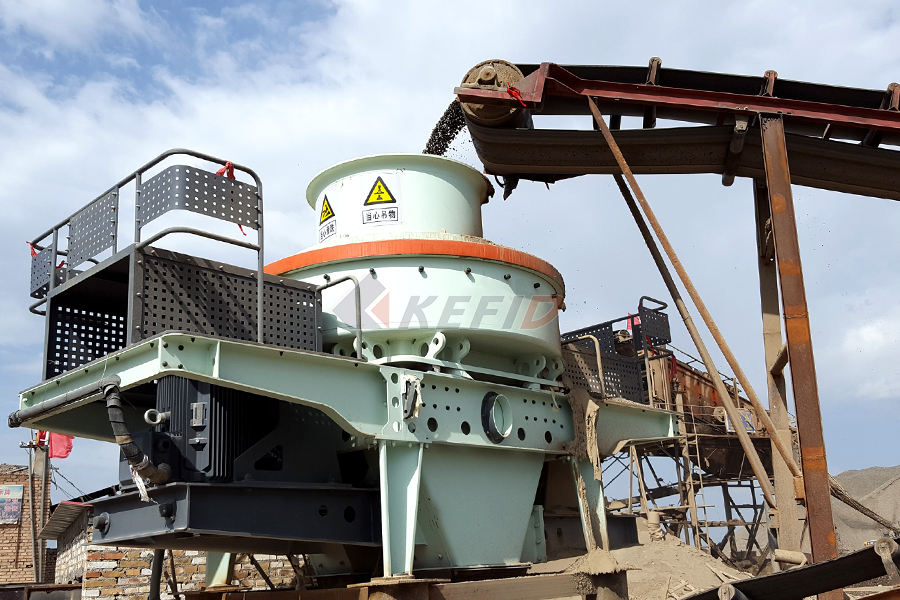The Grinding Machine: Precision in Manufacturing
Grinding machines are essential tools in modern manufacturing, used to achieve high precision and fine surface finishes on workpieces. These machines utilize abrasive wheels to remove material through friction, making them ideal for shaping, sharpening, and finishing metal, ceramics, and other hard materials.
Types of Grinding Machines
1. Surface Grinders – Used for flat surfaces, employing a rotating wheel to smooth the workpiece.
2. Cylindrical Grinders – Designed for cylindrical or tapered workpieces, such as shafts and rods.
3. Centerless Grinders – Remove material without holding the workpiece between centers, ideal for mass production.
4. Tool & Cutter Grinders – Sharpen milling cutters, drills, and other cutting tools with precision.
5. Internal Grinders – Refine the inner diameters of holes or bores in a workpiece. 
Key Components
– Grinding Wheel: Made of abrasive grains bonded together (e.g., aluminum oxide or diamond).
– Worktable: Holds and positions the workpiece accurately.
– Spindle: Rotates the grinding wheel at high speeds (often up to 10,000 RPM).
– Coolant System: Prevents overheating by lubricating and cooling the grinding zone. .jpg)
Applications & Advantages
Grinding machines are widely used in automotive, aerospace, toolmaking, and mold manufacturing due to their ability to produce tight tolerances (within microns) and superior surface finishes. Unlike milling or turning, grinding can achieve mirror-like finishes while maintaining dimensional accuracy.
Conclusion
As manufacturing demands higher precision and efficiency, grinding machines remain indispensable in achieving fine-tuned results across industries. Advances in CNC technology have further enhanced their capabilities, ensuring consistent quality in mass production while minimizing human error.
Would you like details on a specific type of grinding machine or its operation?




